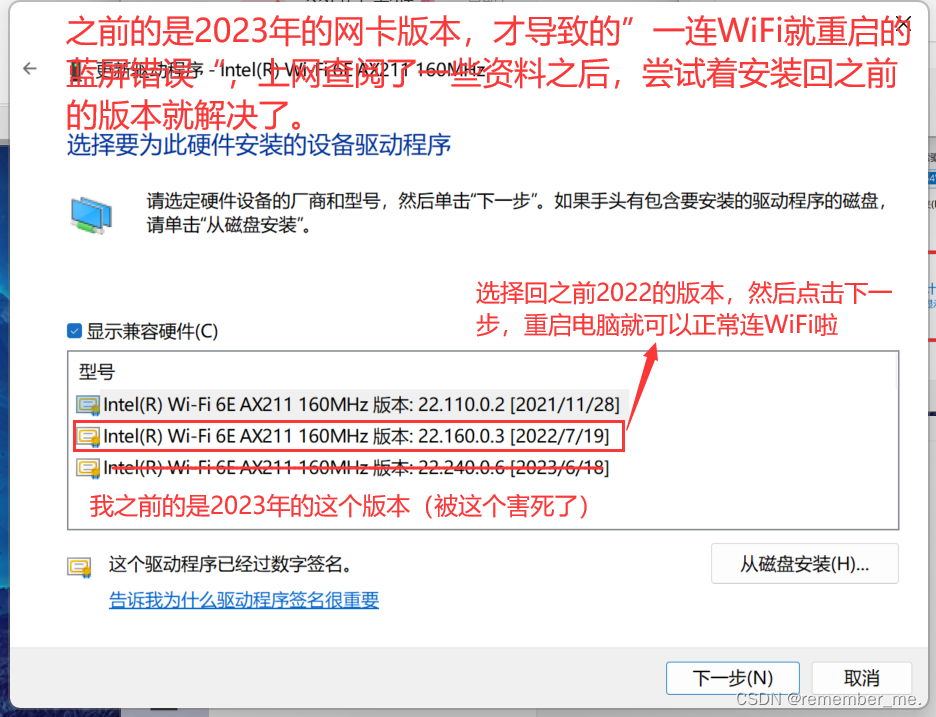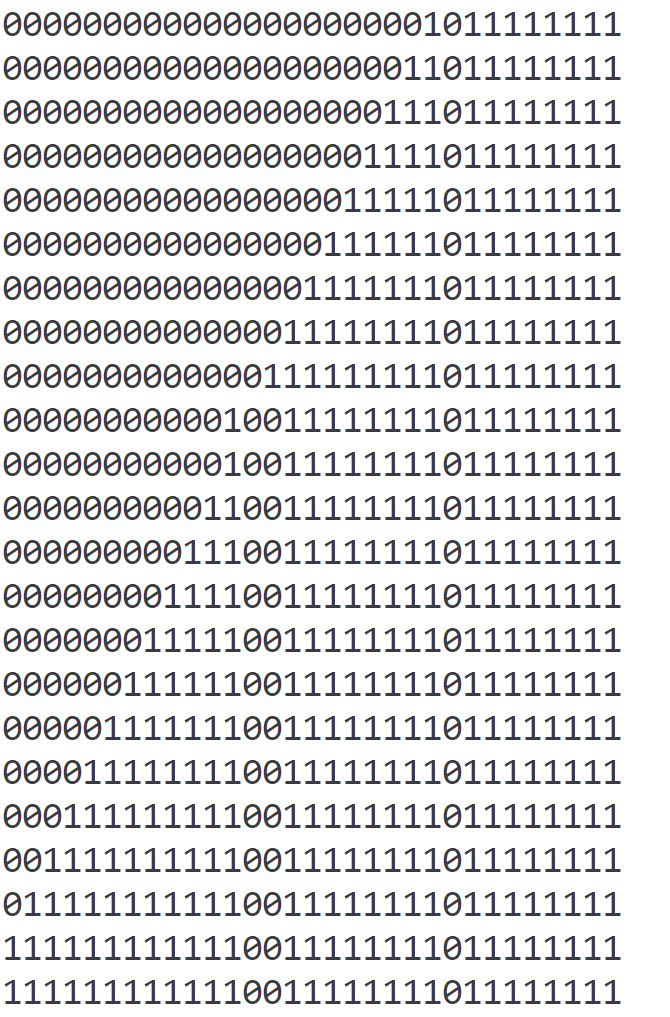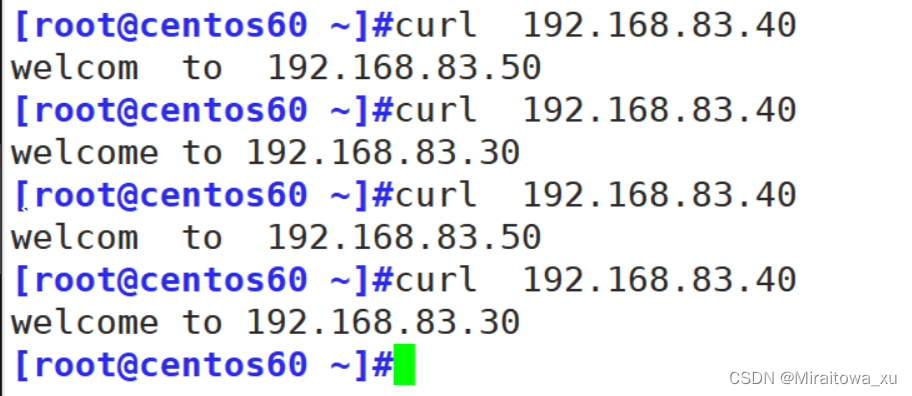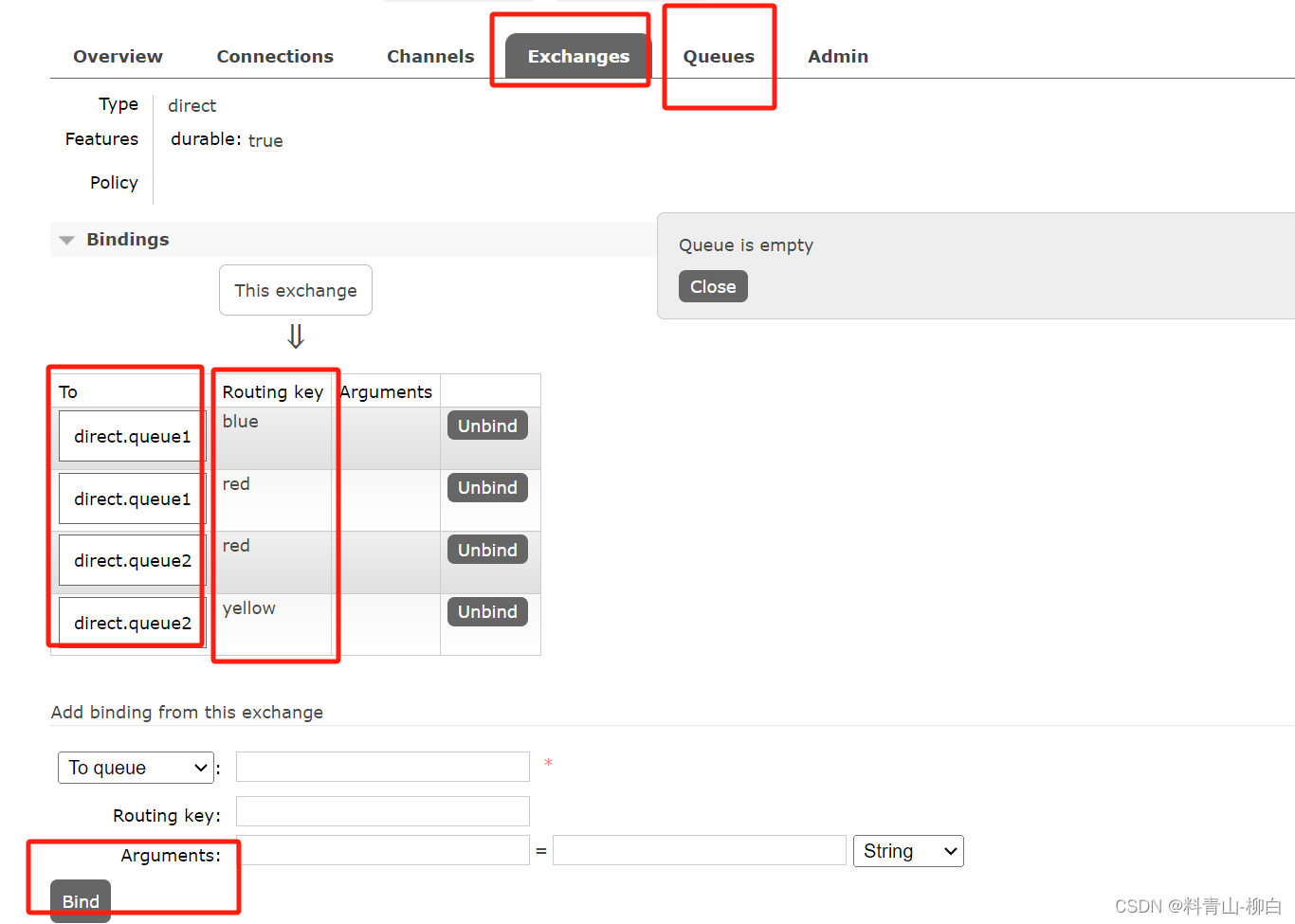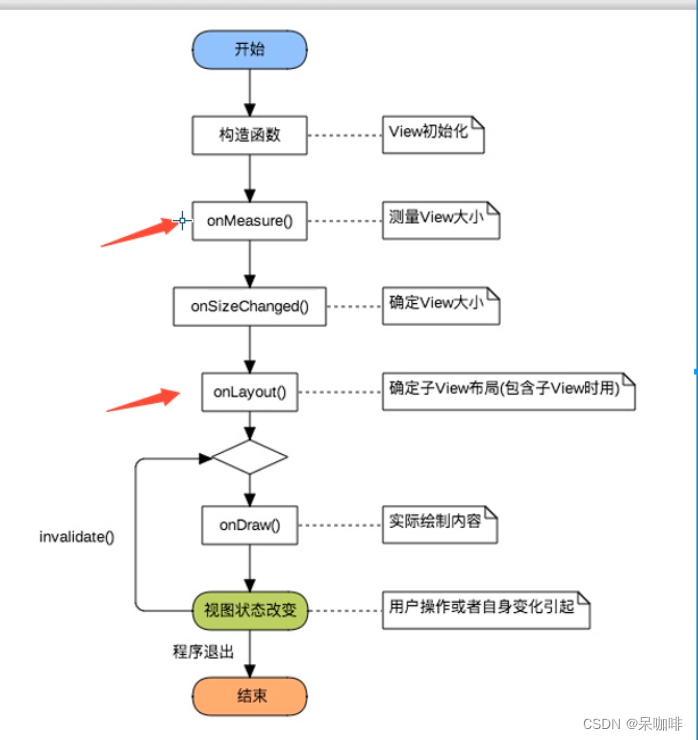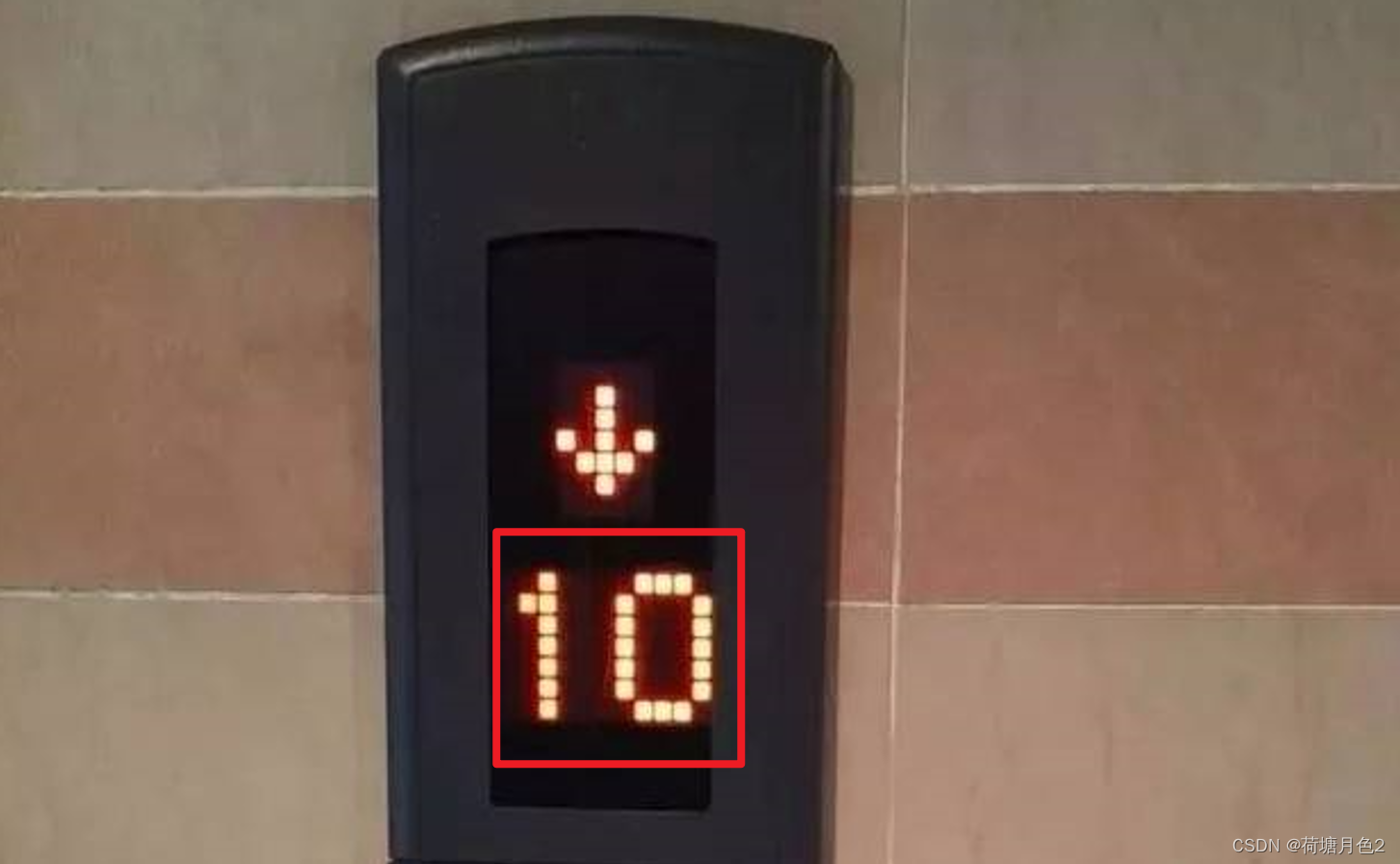文章目录
- 前言
- 4.3 Configuration组件
- 4.3.9 mappedStatements
- 4.3.10 Configuration组件的其它属性
- 4.4 Executor
- 4.5 MappedStatement
- 4.6 StatementHandler
- 4.7 TypeHandler
- 4.8 ParameterHandler
- 4.9 ResultSetHandler
- 4.10 小结
前言
MyBatis框架的配置信息有两种,一种是配置MyBatis框架属性的主配置文件,另一种是配置可执行的SQL语句的Mapper配置文件。
Configuration组件的作用除了描述主配置文件mybatis-config.xml的信息,还描述Mapper配置文件的信息。
4.3 Configuration组件
4.3.9 mappedStatements
源码1:org.apache.ibatis.session.Configuration
protected final Map<String, MappedStatement> mappedStatements = new StrictMap<MappedStatement>(
"Mapped Statements collection")
.conflictMessageProducer((savedValue, targetValue) -> ". please check " + savedValue.getResource() + " and "
+ targetValue.getResource());
由 源码1 可知,Configuration组件组合了一个Map集合用于存放MappedStatement对象。
MappedStatement对象用于描述<insert>、<update>、<delete>、<select>等标签或通过@Insert、@Update、@Delete、@Select等注解配置的SQL信息。
MyBatis将所有的MappedStatement对象注册到mappedStatements属性中,其中Key为Mapper的ID,Value为MappedStatement对象。
在【MyBatis3源码深度解析(十二)MyBatis的核心组件(一)Configuration 】中编写的示例项目中,UserMapper接口和UserMapper.xml文件如下所示,mappedStatements属性就是用于描述这其中的SQL语句的。
public interface UserMapper {
List<User> selectAll();
@Select("select * from user where id = #{id, jdbcType=INTEGER}")
User selectById(@Param("id") Integer id);
}
<mapper namespace="com.star.mybatis.mapper.UserMapper">
<select id="selectAll" resultType="User">
select * from user
</select>
</mapper>
借助Debug工具,可以发现上述两条SQL语句都注册到了mappedStatements属性中:

4.3.10 Configuration组件的其它属性
除了mappedStatements属性,Configuration组件还有一些其它属性用于描述SQL映射文件:
源码2:org.apache.ibatis.session.Configuration
// 保存<cache>标签的信息
protected final Map<String, Cache> caches = new StrictMap<>("Caches collection");
// 保存<resultMap>标签的信息
protected final Map<String, ResultMap> resultMaps = new StrictMap<>("Result Maps collection");
// 保存<parameterMap>标签的信息
protected final Map<String, ParameterMap> parameterMaps = new StrictMap<>("Parameter Maps collection");
// 保存<selectKey>标签的信息
protected final Map<String, KeyGenerator> keyGenerators = new StrictMap<>("Key Generators collection");
// 用于注册所有Mapper XML配置文件路径
protected final Set<String> loadedResources = new HashSet<>();
// 保存<sql>标签的信息
protected final Map<String, XNode> sqlFragments = new StrictMap<>("XML fragments parsed from previous mappers");
除此之外,Configuration组件还作为Executor、StatementHandler、ResultSetHandler、ParameterHandler组件的工厂类,用于创建这些组件的实例。
源码3:org.apache.ibatis.session.Configuration
// ParameterHandler组件工厂方法
public ParameterHandler newParameterHandler(MappedStatement mappedStatement, Object parameterObject,
BoundSql boundSql) {...}
// ResultSetHandler组件工厂方法
public ResultSetHandler newResultSetHandler(Executor executor, MappedStatement mappedStatement, RowBounds rowBounds,
ParameterHandler parameterHandler, ResultHandler resultHandler, BoundSql boundSql) {...}
// StatementHandler组件工厂方法
public StatementHandler newStatementHandler(Executor executor, MappedStatement mappedStatement,
Object parameterObject, RowBounds rowBounds, ResultHandler resultHandler, BoundSql boundSql) {...}
// Executor组件工厂方法
public Executor newExecutor(Transaction transaction) {...}
public Executor newExecutor(Transaction transaction, ExecutorType executorType) {...}
这些工厂方法会根据MyBatis不同的配置创建对应的实现类。例如,Executor组件有4种不的实现,分别为BatchExecutor、ReuseExecutor、SimpleExecutor、CachingExecutor,具体返回哪种则根据ExecutorType对象的值来决定。
源码4:org.apache.ibatis.session.ExecutorType
public enum ExecutorType {
SIMPLE,
REUSE,
BATCH
}
当ExecutorType的参数值为REUSE时,newExecutor()方法返回的是ReuseExecutor实例,当数值为SIMPLE时,返回的是SimpleExecutor实例,这是典型的工厂方法模式的应用。
4.4 Executor
SqlSession是MyBatis提供的操作数据库的API,但是真正执行SQL的是Executor组件。
Executor接口中定义了对数据库的增删改查方法,其中query()和queryCursor()方法用于执行查询作,update()方法用于执行插入、删除、修改操作。
借助IDE,可以得到Executor接口的继承关系图:

由上图可知,MyBatis提供了4种不同的Executor,分别是BatchExecutor、ReuseExecutor、SimpleExecutor、CachingExecutor。
其中,前面三种类型的Executor都继承至BaseExecutor,而BaseExecutor中定义了方法的通用执行流程及处理逻辑,具体由子类实现。
SimpleExecutor是基础的Executor,能完成基本的增删改查操作。
ReuseExecutor对JDBC中的Statement对象做了缓存,当执行相同的SQL语句时,可以直接从缓存中取出Statement对象进行复用,避免频繁创建和销毁Statement对象,从而提升系统性能。
BatchExecutor实现了批量处理多条SQL语句的功能。
另外,当MyBatis开启了二级缓存功能时,会使用CachingExecutor对SimpleExecutor、ResueExecutor、BatchExecutor进行装饰,为查询操作增加二级缓存功能。
下面是一个Executor组件的使用示例:
@Test
public void testExecutor() throws IOException, SQLException {
Reader reader = Resources.getResourceAsReader("mybatis-config.xml");
SqlSessionFactory sqlSessionFactory = new SqlSessionFactoryBuilder().build(reader);
SqlSession sqlSession = sqlSessionFactory.openSession();
// 从会话中获取Configuration对象
Configuration configuration = sqlSession.getConfiguration();
// 从Configuration对象中获取MappedStatement对象
MappedStatement mappedStatement = configuration.getMappedStatement("com.star.mybatis.mapper.UserMapper.selectAll");
// 创建Executor对象,类型是REUSE
Executor executor = configuration.newExecutor(new JdbcTransaction(sqlSession.getConnection()),
ExecutorType.REUSE);
// 执行具体的SQL语句
List<User> userList = executor.query(mappedStatement, null, RowBounds.DEFAULT, Executor.NO_RESULT_HANDLER);
userList.forEach(System.out::println);
}
执行单元测试,控制台打印执行结果:
User{id=1, name='孙悟空', age=1500, phone='18705464523', birthday=Thu Jan 01 00:00:00 CST 1}
User{id=2, name='猪八戒', age=1000, phone='15235468789', birthday=Fri Mar 10 00:00:00 CST 500}
MyBatis在启动时,会将Mapper配置文件解析成MappedStatement对象注册到Configuration组件中,因此在示例中可以直接从Configuration对象中获取MappedStatement对象。
同时,Configuration组件还是Executor组件的工厂对象,因此可以直接创建一个Executor对象,然后以MappedStatement对象为参数执行其query()方法真正执行SQL语句。
4.5 MappedStatement
MyBatis通过MappedStatement组件来描述<select>、<update>、<insert>、<delete>等标签或者@Select、@Update、@Insert、@Delete等注解所配置的SQL信息。
不同类型的SQL语句需要使用对应的XML标签或注解来进行配置。这些标签或注解提供了很多属性用来控制每条SQL语句的执行行为。
借助IDE,可以列出标签中包含的属性:

这些属性的含义是:

表格来源:W3CSchool MyBatis教程 MyBatis XML映射文件。
借助IDE,可以列出标签和标签的所有属性:


可见,标签和标签的属性是一样的,它们的大部分属性与标签一致,但其中有3个属性是特有的,仅对和标签有效:
useGeneratedKeys:当该属性为true时,MyBatis可以使用JDBC的getGeneratedKeys方法取出由数据库内部生成的主键,如MySQL中的自增主键。默认为false。keyColumn:用于设置表中的主键的列名,当主键列不是表中的第一列时需要设置。如果有多个字段,则使用逗号分隔。keyProperty:用于设置Java对象的属性,数据库的自增主键或者标签中的标签返回的值将映射到该属性中。如果有多个属性,则使用逗号分隔。
借助IDE,可以列出标签的所有属性:

可见,标签的所有属性都是标签是一样的,没有特有的属性。
对应到MappedStatement组件,有一一对应的属性来保存标签中的属性信息:
源码5:org.apache.ibatis.mapping.MappedStatement
public final class MappedStatement {
private String id;
private Integer fetchSize;
private Integer timeout;
private StatementType statementType;
private ResultSetType resultSetType;
private ParameterMap parameterMap;
// resultMap
private List<ResultMap> resultMaps;
// flushCache
private boolean flushCacheRequired;
private boolean useCache;
private boolean resultOrdered;
// useGeneratedKeys
private KeyGenerator keyGenerator;
// keyProperty
private String[] keyProperties;
// keyColumn
private String[] keyColumns;
private String databaseId;
private LanguageDriver lang;
private String[] resultSets;
// ......
}
此外,MappedStatement组件还有一些其他的属性,它们的含义如下:
源码6:org.apache.ibatis.mapping.MappedStatement
public final class MappedStatement {
// 解析<select|insert|update|delete>标签,将SQL语句配置信息解析为SqlSource对象
private SqlSource sqlSource;
// 二级缓存实例
private Cache cache;
// Mapper配置文件的路径
private String resource;
// Configuration对象的引用,方便获取MyBatis的配置
private Configuration configuration;
// 主键生成策略,默认为Jdbc3KeyGenerator,即数据库自增主键
private KeyGenerator keyGenerator;
// <ResultMap>标签中是否有嵌套的<ResultMap>
private boolean hasNestedResultMaps;
// 用于输出日志
private Log statementLog;
// ......
}
4.6 StatementHandler
StatementHandler组件封装了对JDBC的Statement的操作,可以用于设置Statement对象的属性、调用Statement对象与数据库进行交互等。
StatementHandler接口中的定义如下:
源码7:org.apache.ibatis.executor.statement.StatementHandler
public interface StatementHandler {
// 创建Statement对象并完成属性设置
Statement prepare(Connection connection, Integer transactionTimeout) throws SQLException;
// 使用ParameterHandler组件为PreparedStatement和CallableStatement的参数占位符设置值
void parameterize(Statement statement) throws SQLException;
// 将SQL语句添加到批量处理执行列表中
void batch(Statement statement) throws SQLException;
//
int update(Statement statement) throws SQLException;
// 执行查询语句,并使用ResultHandler处理查询结果集
<E> List<E> query(Statement statement, ResultHandler resultHandler) throws SQLException;
// 执行带游标的查询语句,适用于查询数据量较大的情况
<E> Cursor<E> queryCursor(Statement statement) throws SQLException;
// 获取Mapper中配置的SQL信息,包括SQL文本和参数映射信息等
BoundSql getBoundSql();
// 获取ParameterHandler实例
ParameterHandler getParameterHandler();
}
由 源码7 可知,StatementHandler接口定义的方法都是模板方法,具体由其子类实现。
借助IDE,可以得到StatementHandler接口的继承关系图:

在继承关系图中,BaseStatementHandler是一个抽象类,封装了通用的处理逻辑及方法执行流程,具体方法的实现由子类完成。
SimpleStatementHandler封装了对JDBC的Statement对象的操作,PreparedStatementHandler封装了对JDBC的PreparedStatement对象的操作,CallableStatementHandler封装了对JDBC的CallableStatement对象的操作。
RoutingStatementHandler则是一个创建StatementHandler实例的组件,会根据Mapper配置中的statementType属性(取值为STATEMENT、PREPARED、CALLABLE)创建对应类型的StatementHandler实例。
4.7 TypeHandler
涉及Java类型和JDBC类型转换的情况有两种:
(1)PreparedStatement对象为参数占位符设置值时,需要调用PreparedStatement接口的setXXX()方法,将Java类型转换为对应的JDBC类型并为参数占位符赋值。
(2)执行SQL语句获取ResultSet对象后,需要调用ResultSet对象的getXXX()方法,将JDBC类型转换为Java类型。
MyBatis中使用TypeHandler组件来完成Java类型和JDBC类型的互换。
TypeHandler接口的定义如下:
源码8:org.apache.ibatis.type.TypeHandler
public interface TypeHandler<T> {
// 为PreparedStatement对象的参数占位符设置值
void setParameter(PreparedStatement ps, int i, T parameter, JdbcType jdbcType) throws SQLException;
// 根据列名获取该列的值
T getResult(ResultSet rs, String columnName) throws SQLException;
// 根据列索引获取该列的值
T getResult(ResultSet rs, int columnIndex) throws SQLException;
// 获取存储过程的调用结果
T getResult(CallableStatement cs, int columnIndex) throws SQLException;
}
在【MyBatis3源码深度解析(十二)MyBatis的核心组件(一)Configuration 4.3.3 类型处理器】中就提到,MyBatis内置了非常多的TypeHandler实现类,而这些实现类都继承了一个抽象类BaseTypeHandler。
BaseTypeHandler类实现了TypeHandler接口,定义了一些通用的处理逻辑。对setParameter()方法中参数为null时的情况做了处理,对getResult()方法可能出现的异常做了处理。
因此,如果需要自定义一个TypeHandler,只需要继承BaseTypeHandler类即可。
举个例子,StringTypeHandler用于处理java.lang.String类型和JDBC的CHAR、VARCHAR、LONGVARCHAR、NCHAR、NVARCHAR、LONGNVARCHAR等类型的转换。其源码如下:
源码9:org.apache.ibatis.type.StringTypeHandler
public class StringTypeHandler extends BaseTypeHandler<String> {
@Override
public void setNonNullParameter(PreparedStatement ps, int i, String parameter, JdbcType jdbcType)
throws SQLException {
ps.setString(i, parameter);
}
@Override
public String getNullableResult(ResultSet rs, String columnName) throws SQLException {
return rs.getString(columnName);
}
@Override
public String getNullableResult(ResultSet rs, int columnIndex) throws SQLException {
return rs.getString(columnIndex);
}
@Override
public String getNullableResult(CallableStatement cs, int columnIndex) throws SQLException {
return cs.getString(columnIndex);
}
}
由 源码9 可知,StringTypeHandler在设置值调用的是PreparedStatement对象的setString()方法,获取值时调用的是PreparedStatement对象的getString()方法。其他类型的TypeHandler的处理逻辑与之类似。
MyBatis通过TypeHandlerRegistry来建立JDBC类型、Java类型与TypeHandler之间的映射关系。
由类名可知,这是一个TypeHandler的注册器,其源码如下:
源码10:org.apache.ibatis.type.TypeHandlerRegistry
public final class TypeHandlerRegistry {
// 保存JDBC类型与TypeHandler的映射关系
private final Map<JdbcType, TypeHandler<?>> jdbcTypeHandlerMap = new EnumMap<>(JdbcType.class);
// 保存Java类型与TypeHandler的映射关系
private final Map<Type, Map<JdbcType, TypeHandler<?>>> typeHandlerMap = new ConcurrentHashMap<>();
// 保存Class对象与TypeHandler的映射关系
private final Map<Class<?>, TypeHandler<?>> allTypeHandlersMap = new HashMap<>();
// ......
public TypeHandlerRegistry(Configuration configuration) {
// .....
register(Boolean.class, new BooleanTypeHandler());
register(boolean.class, new BooleanTypeHandler());
register(JdbcType.BOOLEAN, new BooleanTypeHandler());
register(JdbcType.BIT, new BooleanTypeHandler());
// .....
}
}
由 源码10 可知,TypeHandlerRegistry中组合了几个Map集合,用于保存JDBC类型、Java类型、Class对象等与TypeHandler之间的映射关系。
在其构造方法中,使用register()方法注册所有内置的TypeHandler。对于自定义的TypeHandler,也可以调用TypeHandlerRegistry的register()方法进行注册。
4.8 ParameterHandler
前面提到,当使用PreparedStatement或者CallableStatement时,如果SQL语句中有参数占位符,则需要ParameterHandler组件为参数占位符赋值。
ParameterHandler接口的定义如下:
源码11:org.apache.ibatis.executor.parameter.ParameterHandler
public interface ParameterHandler {
// 获取执行Mapper时传入的参数对象
Object getParameterObject();
// 为参数占位符设置值
void setParameters(PreparedStatement ps) throws SQLException;
}
ParameterHandler接口只有一个默认的实现类,即DefaultParameterHandler。
源码12:org.apache.ibatis.scripting.defaults.DefaultParameterHandler
@Override
public void setParameters(PreparedStatement ps) {
// ......
// 获取所有参数的映射信息
List<ParameterMapping> parameterMappings = boundSql.getParameterMappings();
if (parameterMappings != null) {
MetaObject metaObject = null;
// 遍历所有参数的映射信息
for (int i = 0; i < parameterMappings.size(); i++) {
ParameterMapping parameterMapping = parameterMappings.get(i);
if (parameterMapping.getMode() != ParameterMode.OUT) {
Object value;
// 获取参数名
String propertyName = parameterMapping.getProperty();
// 根据参数名获取传入的参数值
if (boundSql.hasAdditionalParameter(propertyName)) {
value = boundSql.getAdditionalParameter(propertyName);
} else if (parameterObject == null) {
value = null;
} else if (typeHandlerRegistry.hasTypeHandler(parameterObject.getClass())) {
value = parameterObject;
} else {
if (metaObject == null) {
metaObject = configuration.newMetaObject(parameterObject);
}
value = metaObject.getValue(propertyName);
}
// 获取参数对应的TypeHandler
TypeHandler typeHandler = parameterMapping.getTypeHandler();
// 获取JDBC类型
JdbcType jdbcType = parameterMapping.getJdbcType();
if (value == null && jdbcType == null) {
jdbcType = configuration.getJdbcTypeForNull();
}
try {
// 调用TypeHandler的setParameter方法设置参数值
typeHandler.setParameter(ps, i + 1, value, jdbcType);
} // catch ...
}
}
}
}
由 源码12 可知,MyBatis通过ParameterMapping描述参数映射的信息,DefaultParameterHandler类的setParameters()首先获取所有的参数映射信息并进行遍历,然后根据参数名称获取对应的参数值,通过调用TypeHandler的setParameter()方法为Statement对象中的参数占位符设置参数值。
4.9 ResultSetHandler
ResultSetHandler用于StatementHandler对象执行完查询操作或存储过程后,对结果集或者存储过程的执行结果进行处理。
ResultSetHandler接口的定义如下:
源码13:org.apache.ibatis.executor.resultset.ResultSetHandler
public interface ResultSetHandler {
// 对ResultSet对象进行处理并返回包含结果实体的List对象
<E> List<E> handleResultSets(Statement stmt) throws SQLException;
// 将ResultSet对象包装成Cursor对象返回,对Cursor进行遍历时
// 能够动态地从数据库查询数据,避免一次性将所有数据加载到内存中
<E> Cursor<E> handleCursorResultSets(Statement stmt) throws SQLException;
// 处理存储过程调用结果
void handleOutputParameters(CallableStatement cs) throws SQLException;
}
ResultSetHandler接口只有一个默认实现,即DefaultResultSetHandler。
源码14:org.apache.ibatis.executor.resultset.DefaultResultSetHandler
@Override
public List<Object> handleResultSets(Statement stmt) throws SQLException {
// ......
final List<Object> multipleResults = new ArrayList<>();
int resultSetCount = 0;
// 1.获取ResultSet对象,并将其包装为ResultSetWrapper对象
ResultSetWrapper rsw = getFirstResultSet(stmt);
// 2.获取ResultMap信息
List<ResultMap> resultMaps = mappedStatement.getResultMaps();
int resultMapCount = resultMaps.size();
validateResultMapsCount(rsw, resultMapCount);
while (rsw != null && resultMapCount > resultSetCount) {
ResultMap resultMap = resultMaps.get(resultSetCount);
// 3.真正处理结果集
handleResultSet(rsw, resultMap, multipleResults, null);
rsw = getNextResultSet(stmt);
cleanUpAfterHandlingResultSet();
resultSetCount++;
}
// ......
}
由 源码14 可知,DefaultResultSetHandler的handleResultSets()方法的逻辑如下:
(1)从Statement对象中获取ResultSet对象,并包装成ResultSetWrapper对象,通过ResultSetWrapper对象可以更方便地获取表字段名称、字段对应的TypeHandler信息等。
(2)获取解析Mapper接口及SQL配置的ResultMap信息,一条语句一般对应一个ResultMap。
(3)调用handleResultSet()方法对ResultSetWrapper对象进行处理,将生成的实体对象存放在multipleResults列表中并返回。
4.10 小结
第四章到此就梳理完毕了,本章的主题是:MyBatis的核心组件。回顾一下本章的梳理的内容:
(十二)Configuration组件
(十三)Executor、MappedStatement、StatementHandler、TypeHandler、ParameterHandler、ResultSetHandler组件
这些工具类在MyBatis源码中出现的频率较高,了解这些工具类的使用及实现原理有助于深入研究MyBatis的源码。
更多内容请查阅分类专栏:MyBatis3源码深度解析
第五章主要学习:SqlSession的创建过程。主要内容包括:
- XPath方式解析XML文件;
- Configuration实例创建过程;
- SqlSession实例创建过程。






